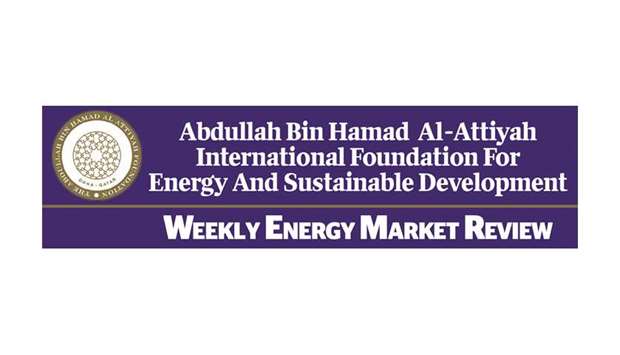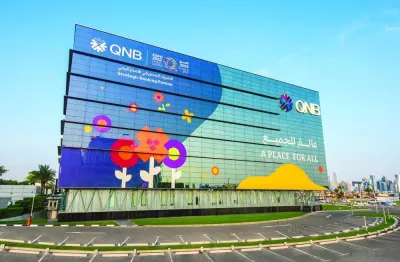Benchmark crude oil futures both declined last week, with the Brent slipping by almost 4% or $3, while WTI lost only 1% or less than $1. The differential between the two benchmarks narrowed down to $8, as the US crude was basically in a catch-up process.
The oil market is holding its breath until the next meeting of Opec and its allies on June 22 — the outcomes of which are deemed highly uncertain. Most speculation suggests there might be a gradual supply increase. The question of ‘when’ and ‘how much’ this increase will be, is highly controversial.
Last week, the market was pressured by comments made by Russian and Saudi energy ministers who declared after their meeting in Moscow, that the exit strategy from the Opec+ cut deal is one of the options to be discussed during the June 22 meeting. Prices were also negatively affected by rising US crude production, which reached 10.9 mbpd, and the increase in Russian crude production to 11.1 mbpd in early June (above quota) and Saudi crude production to 10.03 mbpd (below quota). The hike in US interest rates, a stronger US Dollar and a weaker Euro also weighed on the prices.
However, the oil market was also supported by the decline in US oil stocks in the week to June 8, with crude oil stocks falling by 4.1mn barrels (mb) and gasoline/distillate stocks falling by 4.4 mb indicating a strong US demand. Two Libyan oil ports were closed last Thursday, leading to a production loss of 0.24 mbpd that could increase to 0.4 mbpd if this is maintained. Latest Opec oil market report indicated that OECD crude inventories are 26 mb below their five-year average.
Gas
Asian spot LNG prices rallied for the fifth straight week, reaching their highest level since exactly four years. Prices increased by more than 18% compared to the previous week, or roughly $2. The boost came from firm Chinese consumption, additional demand from Egypt and South America, combined with some constrained supply. Mexico’s power utility CFE launched a purchase tender for 23 LNG shipments due between June and September, while Egyptian Natural Gas Company is looking for nine cargoes for delivery in July-August. LNG production outages in the US, Australia and Malaysia limited output. However, third train at Sabine Pass in the US returned to production on June 15, while Gorgon and Darwin LNG plants in Australia completed their partial maintenance just recently.
In the US, Henry Hub natural gas futures rallied by more than 4%, breaking the $3 mark for the first time since almost six months. Prospects of higher temperatures are supporting higher demand forecasts for cooling, whereas rising US LNG exports are making less gas available for storage.
In the UK, gas price growth turned slightly negative, mainly due to an oversupplied system. The Interconnector gas pipeline going from the UK to Belgium will remain shut until June 28, which means more gas is available domestically.
n The author is senior energy researcher at Abdullah bin Hamad Al-Attiyah International Foundation for Energy and Sustainable Development.



